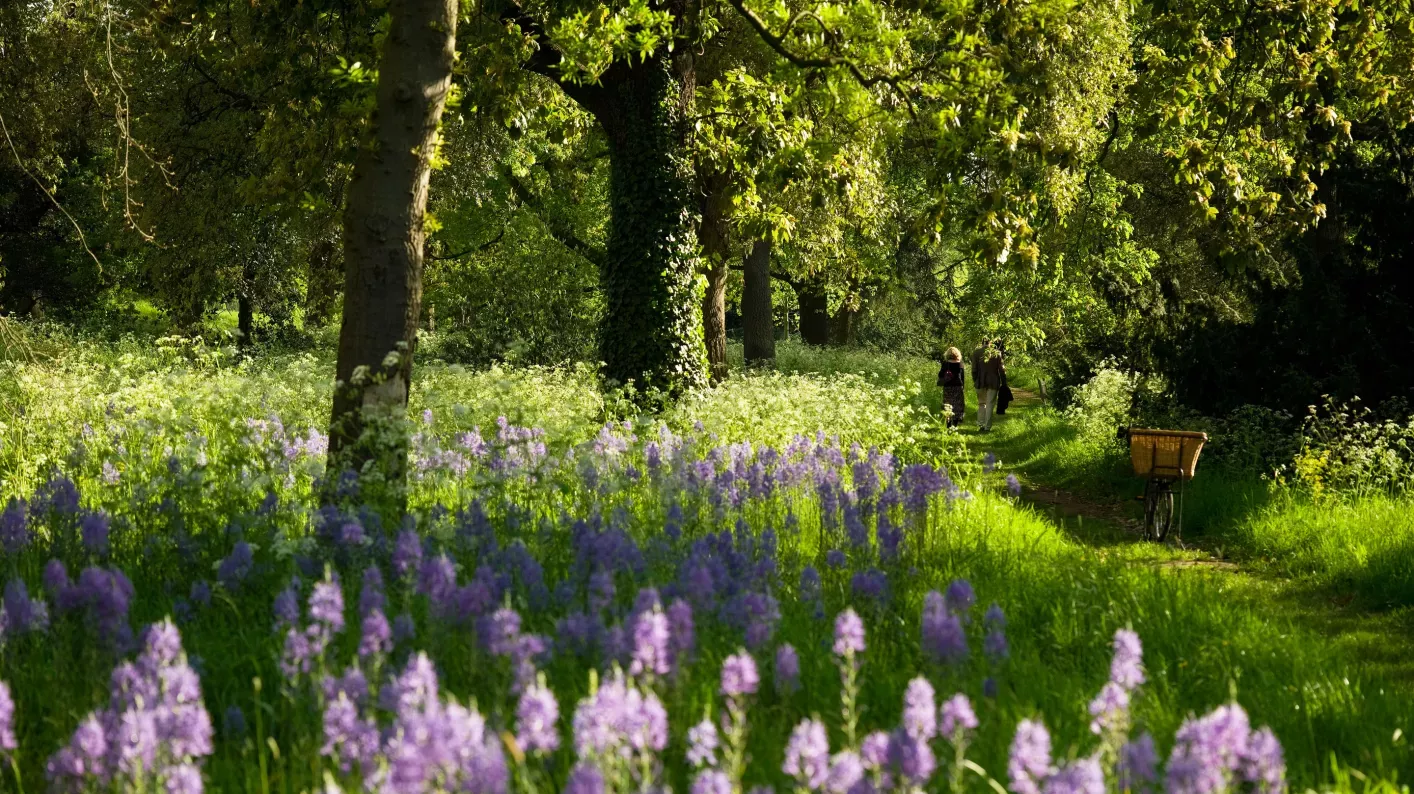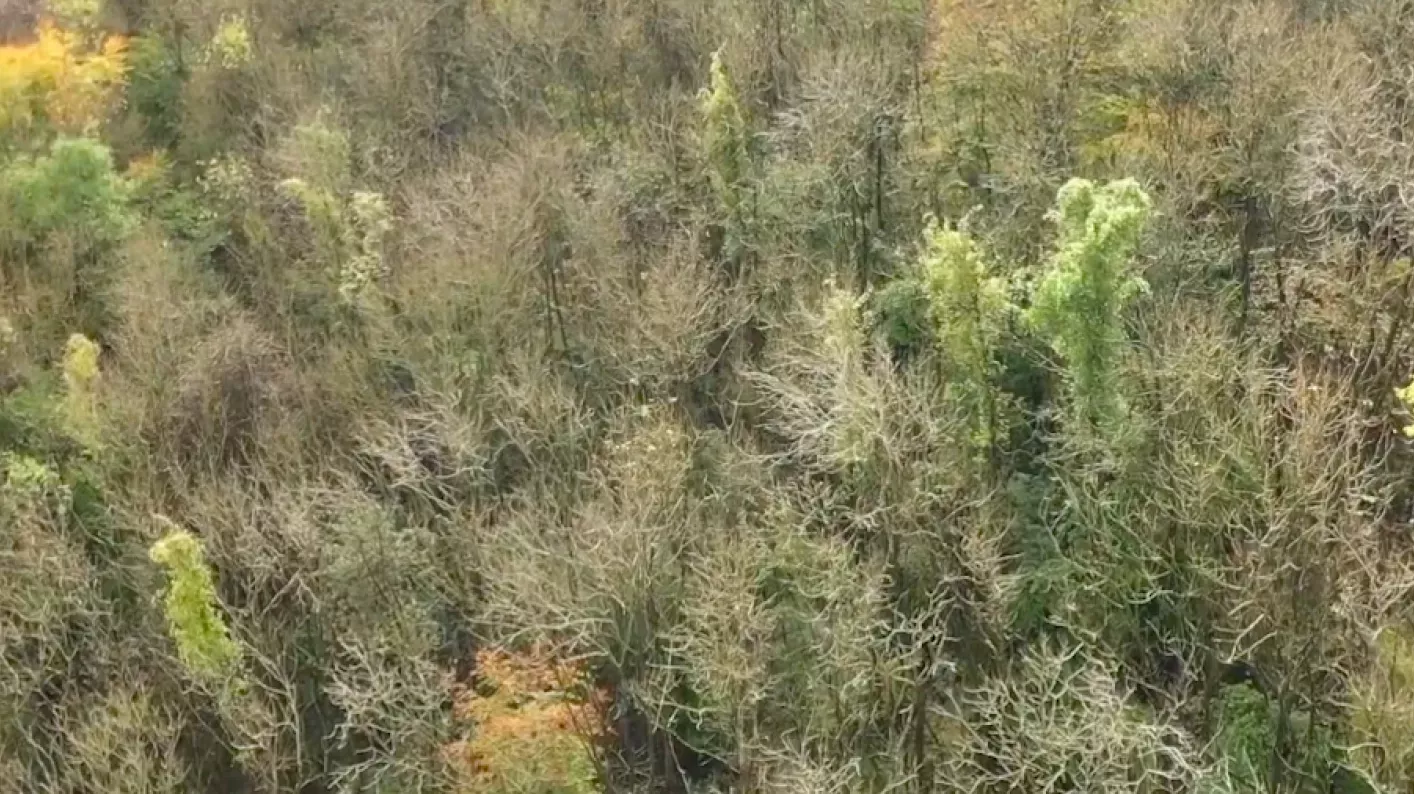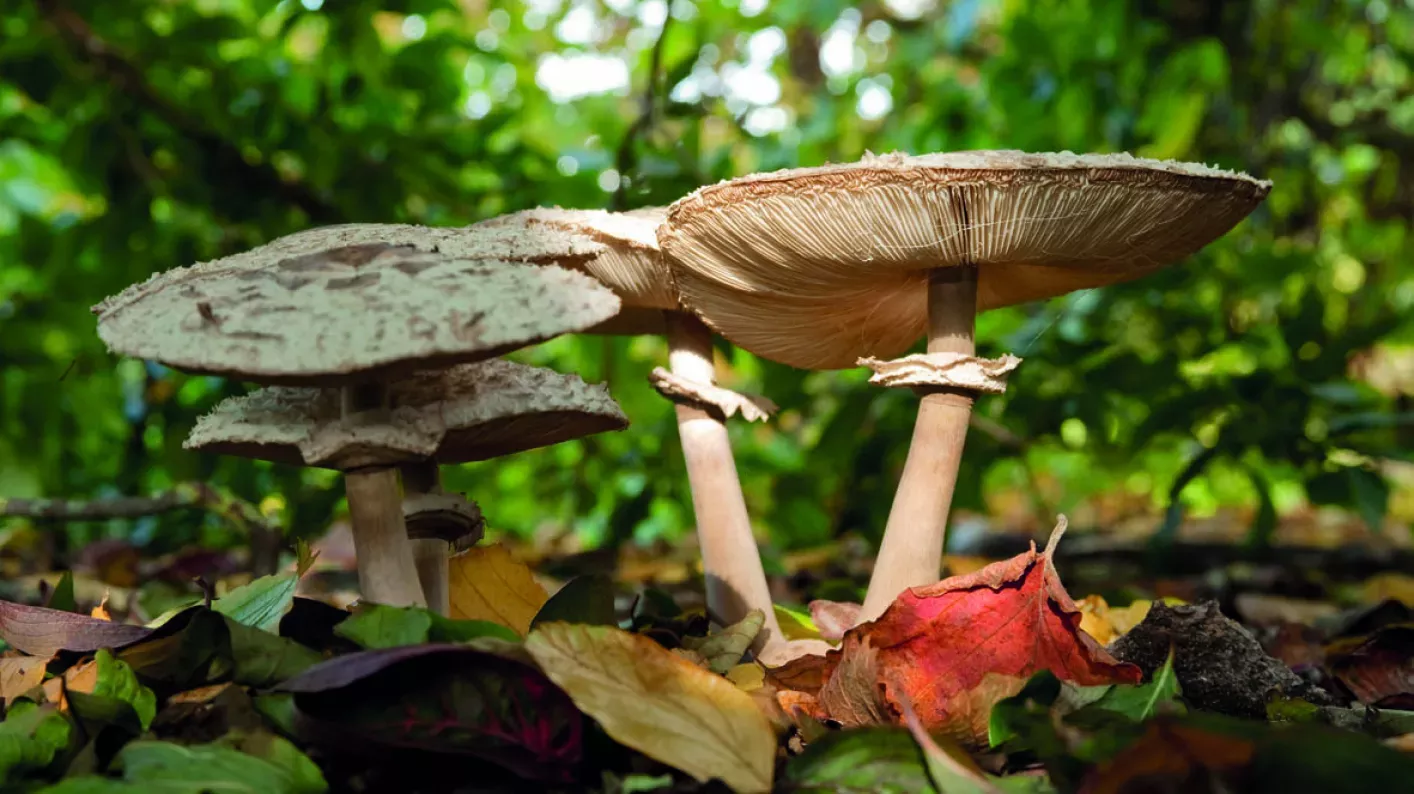Natural Area
Weave your way into the wildness of Kew’s Natural Area, 37 acres of classic woodland.
.jpgd627.webp)
Please note that the Badger Sett in the Natural Area is closed for essential maintenance. We apologise for any inconvenience caused.
On the border where Kew meets the River Thames, a wilder landscape offers space for a forest adventure or a tranquil wander.
The Natural Area was donated to Kew by Queen Victoria on the condition that the area remains in a wilder, untamed state.
The contrast is clear the moment you approach the Woodland Walk – a raised trail that takes you through the Natural Area without disturbing the habitat.
Tall grasses, wildflowers and whispering trees surround the shaded path, while butterflies, dragonflies and damselflies dance through the undergrowth.


Along the way, younger visitors may want to check in at a bug hotel or dive into our metre-high life-sized badger sett (one tunnel is wheelchair accessible). Queen Charlotte’s Cottage offers a spot of history and is particularly wonderful in springtime when it is surrounded by bluebells and wild garlic.
Gentle yet full of surprises, Kew’s Natural Area promises a scenic adventure off the beaten track.
Woodland Adventures
Dive into the Natural Area with fun, games and discovery for all the family.

Munch at a giant picnic table
Feel like Alice in Wonderland while you eat your lunch at this giant picnic table where your feet won’t touch the ground!

Visit a bug hotel
Get to know our woodland neighbours with a trip to our bug hotels at the start of the trail. Ladybirds, centipedes, beetles, spiders or other creatures can often be found looking for a place to stay.

Walk the log trail
Test your balancing skills as you hop and skip across this natural log trail, created from trees knocked down by storms. Trees included in the trail are beech, ash, oak, eucalyptus and pine.

Spot an endangered stag beetle
Look out for the stag beetle loggery - an area of fallen trees left to decay to attract globally endangered stag beetles. You're most likely to see the beetles in late spring when the adults emerge from the larvae.
Conserving the Natural Area
Following Queen Victoria’s wishes that the area remains in its natural state, this tranquil enclave is dedicated exclusively to the local habitats of south-east England.
To maintain the habitat in the Natural Area, traditional woodland management practices are used.
'Coronet pruning' gives a jagged top to dead trees so that insects can hide in the nooks and crannies. Around 185 trees have been planted over the decades, along with lilies, snowdrops, primroses and narcissi to maintain the woodland ecosystem.
Visiting the Natural Area
We may occasionally need to close attractions for maintenance or visitor safety: check for planned closures and visitor notices before you visit.
Discover more of Kew

Arboretum

For the love of trees
